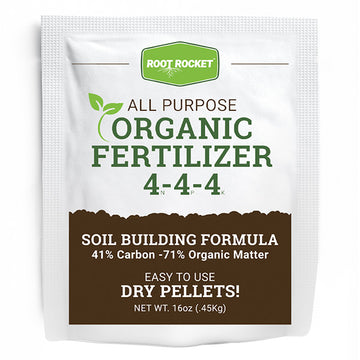Pruning Flowering Shrubs
Prune off any sick, dead, broken, or crossed branches. Remove suckers and water sprouts. Suckers form at the base of the plant and generally come from the roots while water sprouts can form on a branch or even a trunk. Both suckers and water sprouts grow straight up and often grow quickly and steal nutrients from the rest of the plant.
In general, stick to the rule of ⅓. Prune ⅓ of the oldest branches back to the ground or the trunk and trim ⅓ of the younger branches back ⅓ of their length, leaving ⅔ of the branch or cane remaining. While some plants tolerate heavy pruning, not all do. If you aren’t sure how your flowering shrub does with pruning, avoid trimming more than ⅓ at a time. Be sure to use clean, professional pruners for best results.
How to Prune Flowering Shrubs
Pro Tip:
Shearing is certainly an easy method of pruning and shaping, but it can result in an ugly, woody flowering shrub with lots of dead branches and few blooms. There is little new growth from the base of the plant and minimal light penetration which over time leaves your blooming bush sad and disease and pest prone. It is not a good option when pruning flowering shrubs.
Check out our huge selection of Flowering Shrubs.

